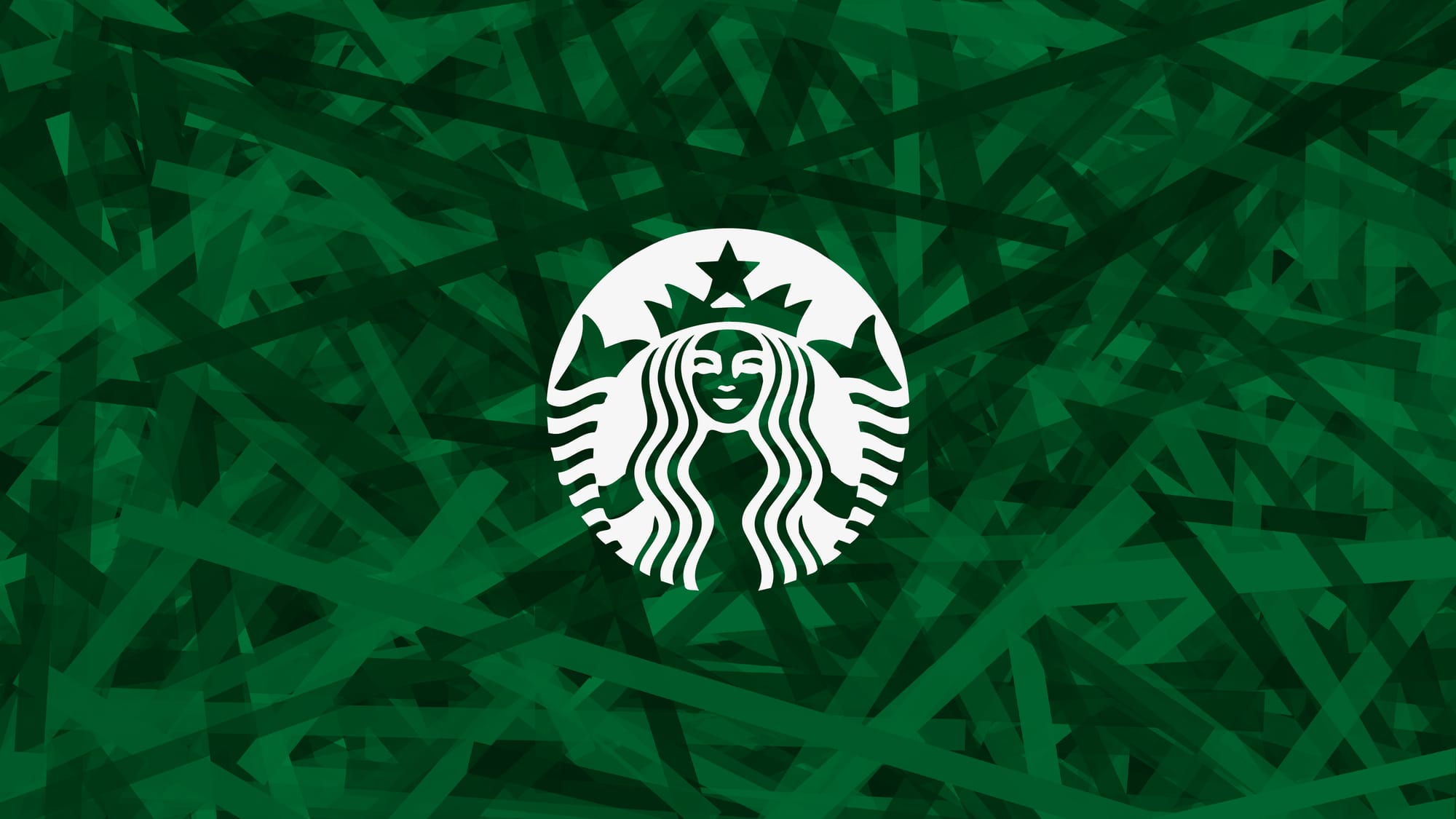The coffee giant that once seemed unstoppable has just announced its most dramatic restructuring in years—cutting 900 jobs and closing hundreds of stores in a $1 billion effort to save itself from a sales spiral that has lasted six straight quarters.
The Perfect Storm Behind the Cuts
Starbucks finds itself trapped in what industry experts call "the middle market squeeze"—too expensive for budget-conscious consumers yet not premium enough to compete with upscale coffee shops. CEO Brian Niccol, who joined from Chipotle just over a year ago, inherited a company that was losing customers to both cheaper alternatives and higher-end competitors.
"During the review, we identified coffeehouses where we're unable to create the physical environment our customers and partners expect, or where we don't see a path to financial performance," Niccol explained in his memo to employees. The numbers paint the picture: North American same-store sales have declined for six consecutive quarters as inflation-weary Americans cut back on $6 lattes.
The Strategic Retreat
The restructuring will eliminate approximately 900 non-retail positions while closing about 400 stores—roughly 1% of Starbucks' North American footprint. This marks the second principal workforce reduction under Niccol's leadership, following 1,100 corporate layoffs in February 2025.
The $1 billion plan allocates $850 million to store closures and $150 million to employee severance packages. Affected retail employees will receive transfer opportunities to nearby locations, where possible, along with comprehensive severance packages for those who cannot be immediately placed.
The Comeback Strategy
This isn't just about cutting costs—it's about fundamentally reimagining the Starbucks experience. The company plans to invest its savings in upgrading over 1,000 existing locations, reducing menu complexity by nearly a third, and ensuring that drinks are prepared within a four-minute timeframe. The "Back to Starbucks" initiative includes bringing back ceramic mugs, eliminating upcharges for non-dairy milk, and creating inviting spaces that encourage customers to linger.
"These are necessary steps to build a stronger, more resilient business that deepens its impact in the world," Niccol emphasized, framing the painful cuts as essential for long-term sustainability.
While Starbucks Workers United criticized the move as a backsliding during ongoing labor negotiations, Wall Street responded with cautious optimism, with shares remaining relatively stable in pre-market trading. For American coffee lovers, this restructuring represents a pivotal moment—will fewer locations mean better experiences, or has the Seattle giant finally reached the limits of its ambitious expansion?




Discussion